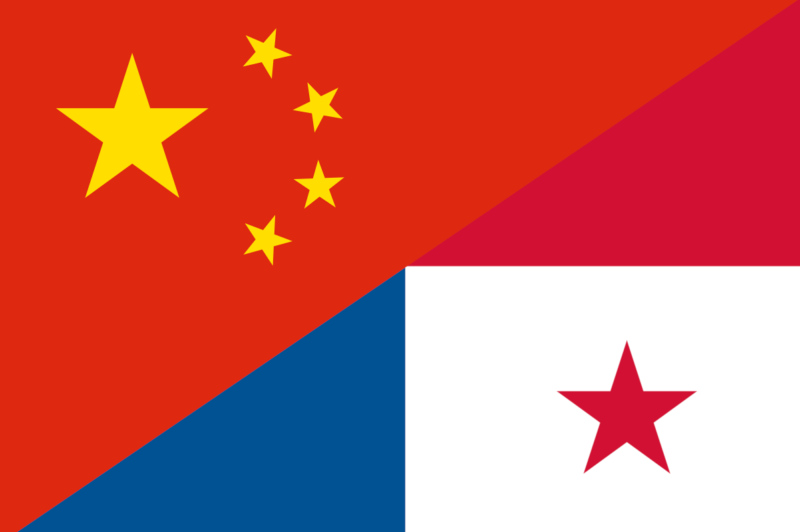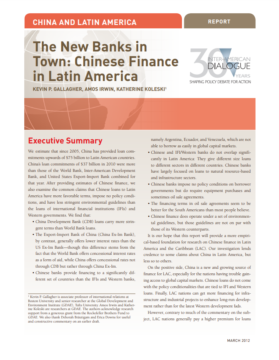The Politics Of Disaster Relief
After a 7.0 magnitude earthquake struck Haiti, the aftershock reached China in ways that few anticipated.The earthquake forced Chinese leaders to navigate the tricky politics of disaster relief.
Panama’s decision to cut ties with Taiwan in 2017 prompted a surge in Chinese activity in the Central American nation, including the negotiation of a bilateral free trade agreement, two new port projects (one to ship liquefied natural gas and another for cruise ships), a series of canal-related initiatives, and talk of a railway that would run from Panama City to Chiriquí Province, near the border with Costa Rica. The latter was the first project in Latin America to be officially associated with China’s Belt and Road Initiative.
Booming Chinese activity in Panama has attracted considerable attention from US officials over the past year, many of whom are increasingly wary of the potential effects of heightened Chinese engagement in the Latin American and Caribbean region. Some have expressed concern about the economic impact of opaque bidding processes or poorly-negotiated deals, while others worry about China’s possible strategic interests in Panama or the region’s growing reliance on or indebtedness to China. In September 2018, a little more than a year after Panama established diplomatic relations with China, US Secretary of State Mike Pompeo shared these concerns during a visit to Panama City, noting instances of “predatory” activity among Chinese state companies. Others have voiced concerns about certain elements of the relationship, including possible preferential treatment for Chinese companies, which could lead to unfavorable outcomes for both Panama and the companies themselves.
It is still too early to know how the China-Panama relationship will evolve, however. Most of the projects awarded to Chinese companies are in the very earliest stages of construction or else are delayed. Measuring outcomes, whether positive or negative, is a near impossibility at this phase. To date, though, Panama would appear to be taking a relatively measured approach to engagement with China, despite the recent uptick in Chinese activity. Chinese companies are certainly involved in a substantial number of infrastructure projects in Panama—about fifteen to date, according to Inter-American Dialogue analysis. But most of China’s activity in Panama is in the form of construction contracts rather than equity investments. This is distinct from the sort of Chinese activity evident in some other countries in Latin America. The major exception in Panama is a LNG project that will be entirely financed and constructed by a consortium of Chinese firms. Given its scale, the Panama-Chiriquí Railway, for which China Railway Corporation completed a feasibility study, could also be a likely candidate for Chinese finance, including from China Development Bank or China Export-Import Bank. The project has yet to be seriously considered by the current government, however.
[…]
After a 7.0 magnitude earthquake struck Haiti, the aftershock reached China in ways that few anticipated.The earthquake forced Chinese leaders to navigate the tricky politics of disaster relief.
Estimates of the volume, composition, and characteristics of Chinese lending to the region since 2005.
Despite reports in recent months that Mexican manufacturing is experiencing a resurgence, Mexico’s industrial sector faces tremendous challenges.

